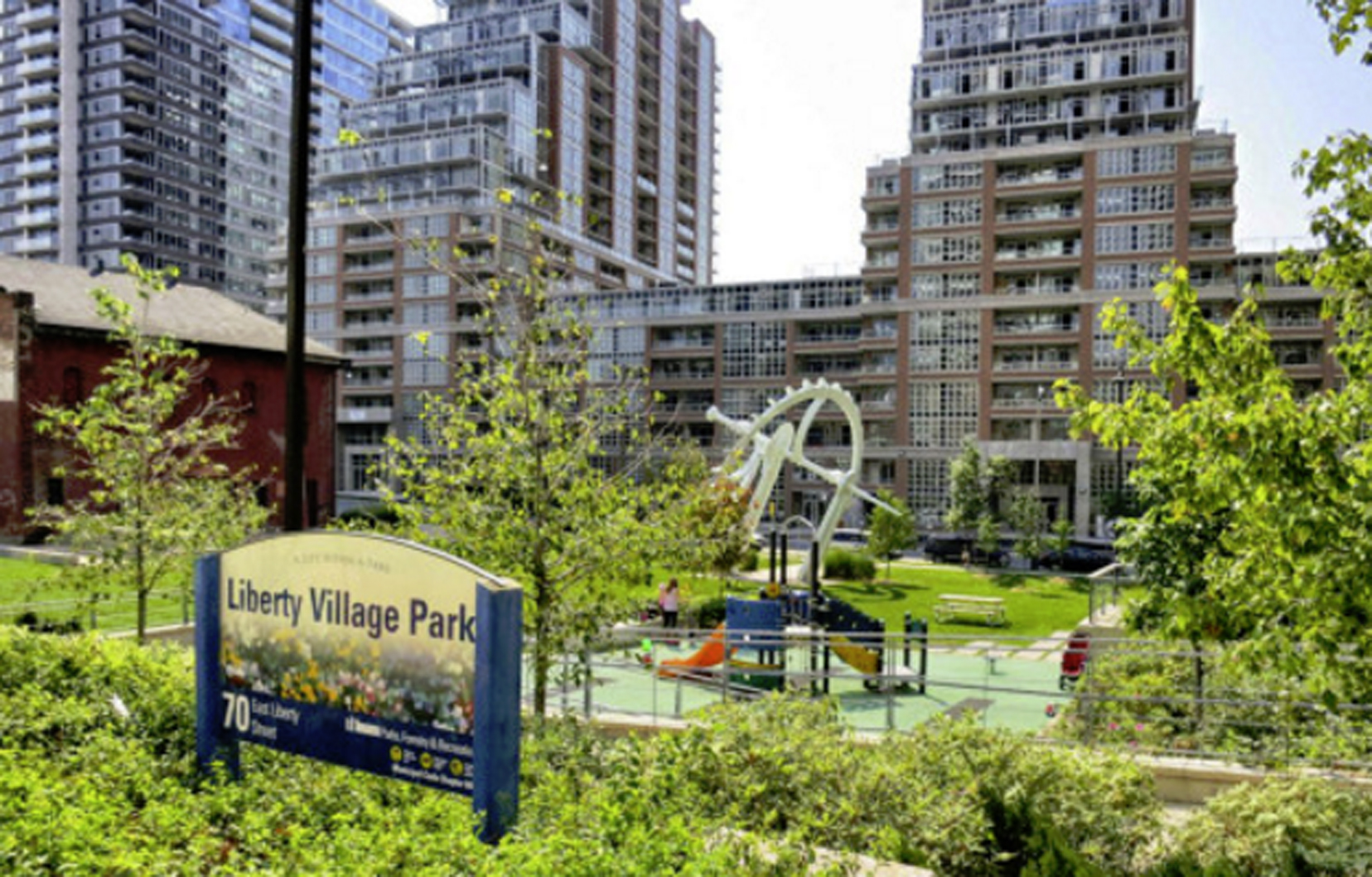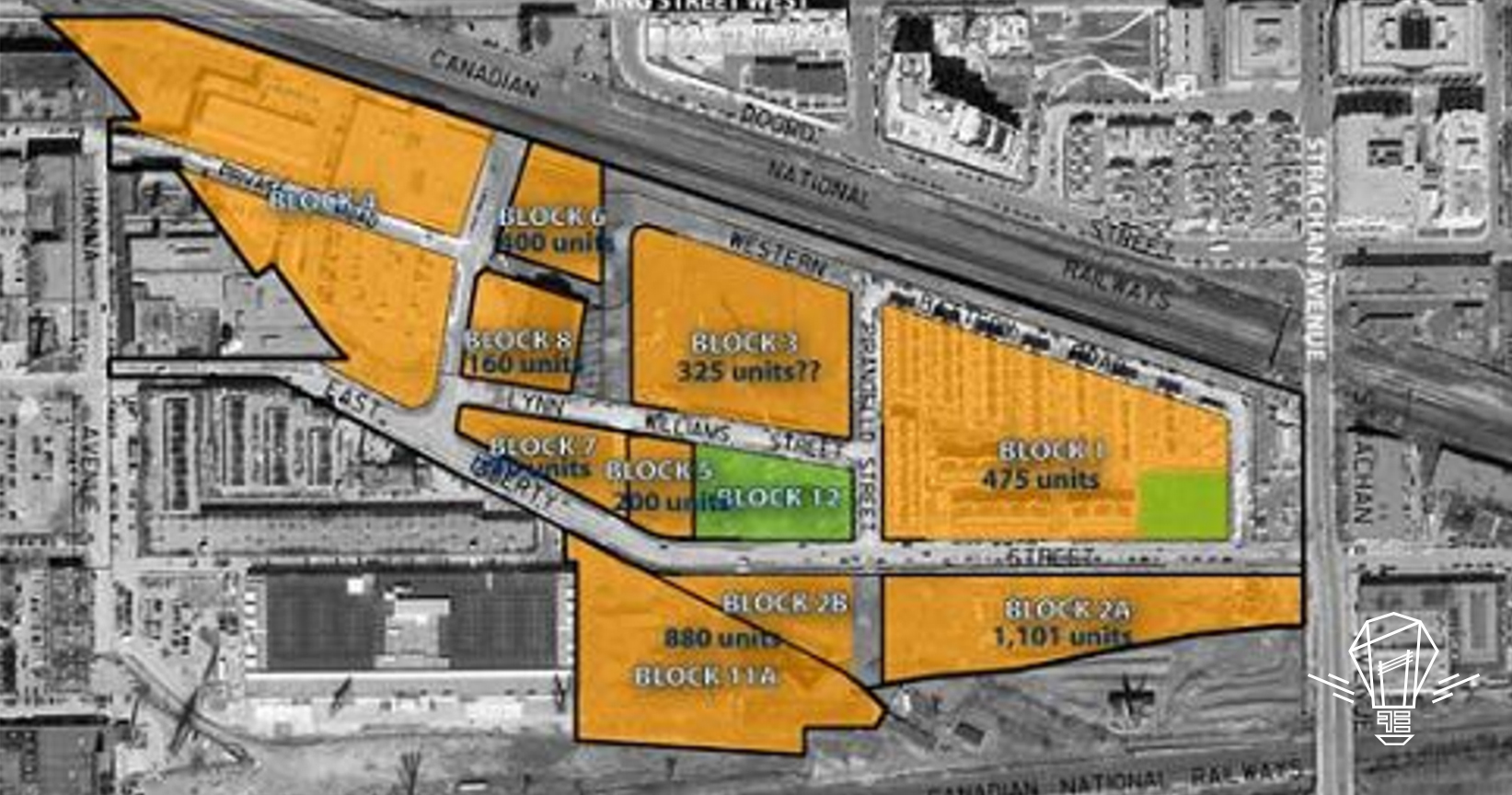Enwave Energy Corporation, Liberty Village District Energy Planning
Customer Challenge
Enwave Energy Corporation, North America’s largest district energy utility, wishes to expand beyond its existing systems in Toronto’s downtown core. The Liberty Village neighbourhood in the downtown west area has been a hotbed of development in the past decade, with a handful of developers building predominantly high rise condominiums, with infill of existing heritage buildings providing commercial and retail space. With a new stock of high density buildings to connect, this neighbourhood is a terrific candidate for Enwave’s expansion.
Enwave Energy Corporation, North America’s largest district energy utility, wishes to expand beyond its existing systems in Toronto’s downtown core. The Liberty Village neighbourhood in the downtown west area has been a hotbed of development in the past decade, with a handful of developers building predominantly high rise condominiums, with infill of existing heritage buildings providing commercial and retail space. With a new stock of high density buildings to connect, this neighbourhood is a terrific candidate for Enwave’s expansion.
.


Filament Energy’s Solution
While building a new district energy system in a developing neighbourhood with an existing anchor customer or two is preferred, Liberty Village provides for some interesting district energy options given that virtually all the vacant land has already been built on.
With no remaining vacant land on which to build a standalone energy plant, or even to integrate a plant into planned high rise development, Filament Energy’s solution is to make use of the existing heating and cooling plants in the existing buildings. Most of these buildings are less than a decade old, so the in-house heating and cooling equipment still has remaining unamortized life, and building owners likely would not want to write off that loss.
By cataloging all of the existing heating and cooling equipment, and analyzing historical operating data, Filament’s solution was to interconnect as many of the buildings as possible, and use the most efficient equipment to base load the entire neighbourhood, bringing less efficient equipment on line as heating and cooling loads increase. Once a critical mass of customers is interconnected additional waste heat sources in the area can be captured, and a Geoexchange borefield can be installed to further improve the environmental and financial performance of the entire system.
This solution results in every building operating more efficiently with lower variable operating costs and lower annual maintenance costs. In addition, the need for reserve fund contributions to equipment replacement is eliminated for the building owners and the overall emissions profile of the entire Liberty Village area is reduced.
While building a new district energy system in a developing neighbourhood with an existing anchor customer or two is preferred, Liberty Village provides for some interesting district energy options given that virtually all the vacant land has already been built on.
With no remaining vacant land on which to build a standalone energy plant, or even to integrate a plant into planned high rise development, Filament Energy’s solution is to make use of the existing heating and cooling plants in the existing buildings. Most of these buildings are less than a decade old, so the in-house heating and cooling equipment still has remaining unamortized life, and building owners likely would not want to write off that loss.
By cataloging all of the existing heating and cooling equipment, and analyzing historical operating data, Filament’s solution was to interconnect as many of the buildings as possible, and use the most efficient equipment to base load the entire neighbourhood, bringing less efficient equipment on line as heating and cooling loads increase. Once a critical mass of customers is interconnected additional waste heat sources in the area can be captured, and a Geoexchange borefield can be installed to further improve the environmental and financial performance of the entire system.
This solution results in every building operating more efficiently with lower variable operating costs and lower annual maintenance costs. In addition, the need for reserve fund contributions to equipment replacement is eliminated for the building owners and the overall emissions profile of the entire Liberty Village area is reduced.
